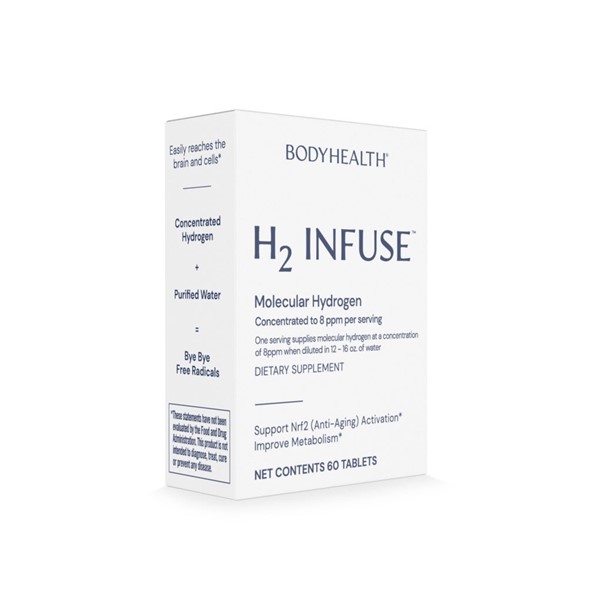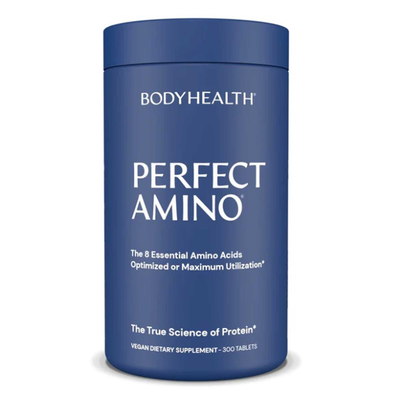Well apparently it is almost spring, though you wouldn´t know it here in Hanmer Springs with the snow gently settling!
I am not sure about the rest of you but winter always seems a time to lay down some insulation, on the body that is - winter fat! How come it is always easier to put it on than take it off?
As I am sure you all know, body fat is just a numbers game and the numbers are Calories!
So what is a Calorie?
It is just a unit to describe energy but as always it is never that simple! Calories come in a few different forms, there is what I call the wee calorie, usually written as cal. There are 1000 of these wee ones in the big Calorie (Cal) also known as a kilocalorie (kcal), this is the one that you see most often on food labels. But wait, there´s more! The Cal is a pre metric unit, the official SI unit is actually the joule, more commonly written as the kilojoule or kJ. What´s the difference, well 1 Cal (yep the big one) is equal to 4.18 kJ, so when ever you want to do a quick conversion just divide kJ´s by 4 to get Cal or multiple Cal´s by 4 to get kJ - easy!
Back to the numbers, well it is effectively just a balance thing, energy in and energy out.
If we just sat still in a nice warm environment (thinking sandy beach here!) you would be at close to your basal metabolic state, the `average´ person would use about 1400 Cal. Therefore you need to put that in (just over 6 PeakFuel Summit bars!), now if you move you will expend more energy and you need to replace that as well to stay at the same rate. That `average´ person will expend about 2000 Cal a day, now start working, running, riding or swimming (you get the idea, exercise) and the numbers go up.
A triathlete training will expend up to 5000 Cal, now that is a lot of PeakFuel! A study done on 2 mountaineers who happened to sit still in an ice cave on Aoraki/Mount Cook for 14 days in 1982 (great case study as they knew exactly what was eaten and how much weight was lost, no cheating up there!) determined that they burnt 8000 Cal a day, just sitting still, though it was at -25! That is about the same as a rider in the Tour de France!
So to burn that body fat? We need to consume just a wee bit less than we expend, sounds easy!
There are no quick fixes unfortunately but there are some ways that work better than others.
A tried and tested technique for speeding up the fat burning while not compromising the quality of training and life is the `morning fat burn´ session.
After waking, hydrate with some great quality electrolyte (PeakFuel High Performance Hydration Formula), then head out for a training session before eating. The first 20 to 30 minutes needs to be at a steady warm up pace, to both warm up the muscles but also deplete the muscle glycogen. Then up the pace to a steady state session (the % of max will depend on how trained you are), I normally aim for 60% of max effort, do this for at least 30 - 40 minutes, then cool down.
By about 40 minutes into these sessions you need some good quality carbohydrate (Try PeakFuel Energy Gels or the tasty Summit bars) and as always be hydrating with PeakFuel Hydration Formula! This is to ensure a great quality training session rather than one that just toasts you!
Straight afterwards (within 20 minutes of stopping) reward yourself with a PeakFuel Recovery Formula shake and then brekky time - you will be set for the day!
By training in this way you effectively ensure that you maximize and prioritize the fat burning process.
Well the snow has stopped so it must be time to put the plan into action, see you out there on the trails!
Mark



